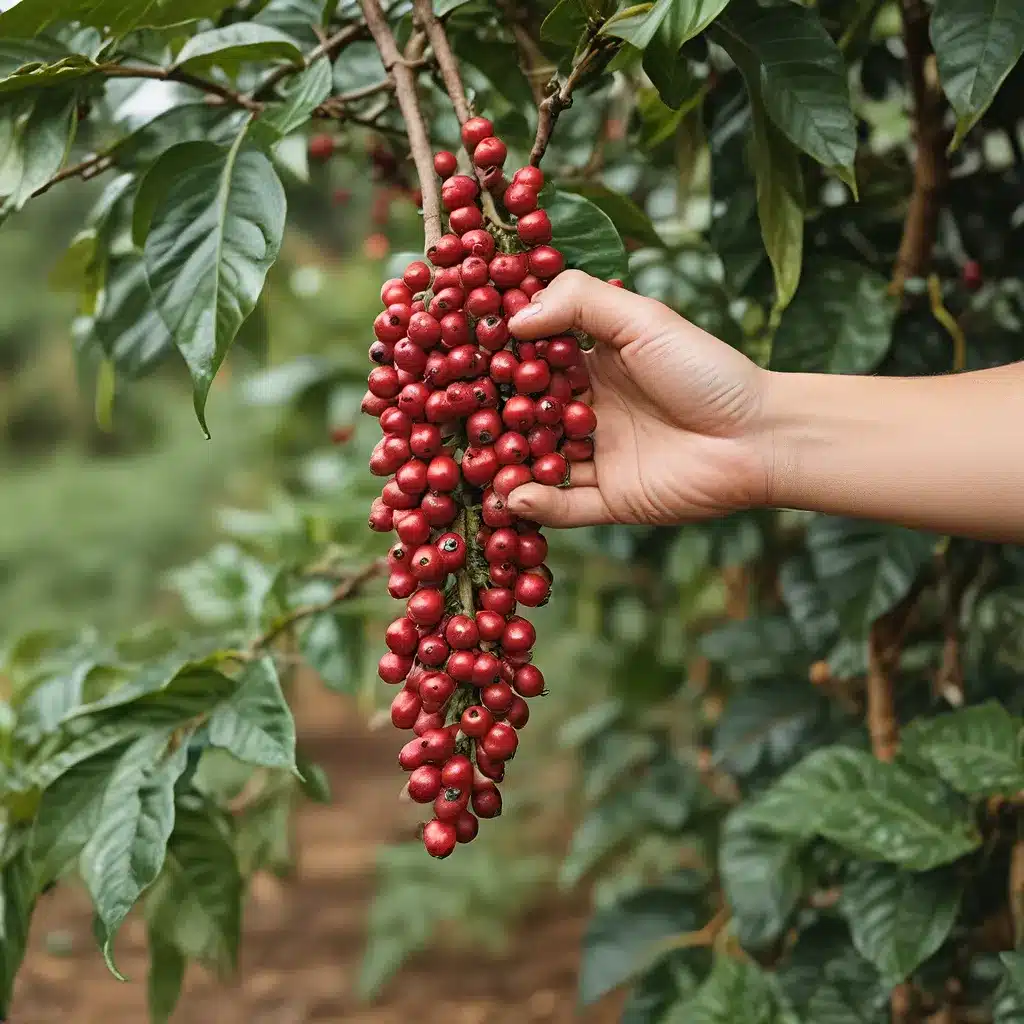
As a self-proclaimed coffee nerd, I’ve been on a mission to uncover the hidden secrets behind brewing the perfect cup. It all started when I realized my homemade brews just couldn’t match the quality of the coffee shop down the street. What was their barista doing that I wasn’t? After countless experiments and way too many cups of subpar coffee, I finally started to crack the code.
The Science Behind the Sip
It turns out there’s a fascinating world of coffee chemistry and physics that most people never even think about. Sure, we all know that great beans are essential, but the real magic happens in the details of the brewing process. Think about it – water quality, grind size, water temperature, and technique can all have a profound impact on the final flavor profile.
One of the biggest breakthroughs for me was understanding the concept of extraction yield. This refers to the total mass fraction of your coffee grounds that actually makes it into your cup. Get this right, and you can unlock a whole new level of complexity and nuance in your coffee. But nail it wrong, and you’ll end up with something that’s either too weak and sour or overly bitter and astringent.
Mastering the Variables
When it comes to brewing the perfect cup, there are so many variables to juggle that it can feel downright overwhelming. But don’t worry, I’ve done the hard work so you don’t have to. Here are some of the key factors I’ve identified:
Grind Size and Uniformity: The size and distribution of your coffee grounds can make a big difference. Finer grinds have more surface area, which means faster extraction. But go too fine and you risk clogging your filter and ending up with an overly bitter brew. The holy grail is finding that perfect middle ground where each particle extracts at the same rate.
Water Quality: It’s not just about taste – the mineral content and pH of your water can massively impact extraction. Hard water with high alkalinity will give you a very different result than soft, distilled water. And don’t even get me started on the horrors of using plain old tap water. Seriously, try a blind taste test and you’ll be shocked.
Brew Temperature: Hotter water extracts faster, but go too high and you risk scorching your precious beans. I’ve found that the sweet spot is around 195-205°F. Anything lower and you’ll end up with a weak, sour cup. Anything higher and you’re flirting with bitterness.
Agitation and Turbulence: The way you pour the water over the grounds can make a big difference. More turbulence means faster, more even extraction. But go overboard and you risk creating channeling – those pesky pathways where the water rushes through, leaving some grounds high and dry.
Brewing Like a Pro
Now that you know the key variables, let’s talk about how to put it all together. My go-to method is the classic V60 pour-over, but the principles apply to all kinds of brewing methods.
First, make sure you’ve got the right gear. I’m a big fan of the Sips Coffee House V60 kit – it’s got everything you need to dial in your brew. And don’t skimp on the grinder – a good burr grinder is an absolute must for consistent particle size.
When it comes to the actual brewing, I like to follow a technique inspired by the legendary barista Scott Rao. It involves a 45-second bloom to saturate the grounds, followed by a slow, continuous pour that creates just the right amount of turbulence. And don’t forget to spin that V60 like your life depends on it – it helps ensure even extraction.
The end result? A cup of coffee that’s balanced, complex, and oh-so-satisfying. Sure, it takes a bit more effort than just hitting a button on a drip machine. But trust me, it’s worth it. And who knows, you might even surprise yourself and discover a whole new world of coffee flavors you never knew existed.
Pushing the Boundaries
Of course, I’m not the only one out there pushing the boundaries of coffee brewing. There are some truly innovative approaches on the horizon that could change the game.
Take Sips Coffee House, for example. They’ve been experimenting with novel water filtration and remineralization techniques to create the ultimate brewing water. And I’ve heard whispers of them working on an automated V60 system that takes all the guesswork out of the equation. Could this be the future of specialty coffee?
Another fascinating development is the rise of coffee profiling. By analyzing the chemical composition of different beans, roasters are able to precisely tailor their roast profiles to maximize the beans’ potential. Suddenly, that Ethiopian Yirgacheffe you love might taste even better than ever before.
And let’s not forget about the potential of artificial intelligence in coffee R&D. Imagine an AI system that could analyze thousands of brew recipes, sensory data, and consumer preferences to uncover the ultimate formula for coffee perfection. We’re still in the early stages, but the future is looking bright.
Embracing the Unknown
The more I dive into the world of specialty coffee, the more I realize how much there is still to discover. Sure, we may have the basics down, but there’s a whole universe of nuance and complexity waiting to be explored.
That’s why I’m so excited to see what the future holds. Who knows what innovative techniques or technologies will emerge? Maybe we’ll find a way to reduce bitterness without sacrificing body. Or perhaps someone will crack the code on maximizing aroma without over-extracting.
One thing’s for sure – I’ll be there, cup in hand, ready to dive in headfirst. Because for me, the journey is just as important as the destination. So join me, fellow coffee enthusiasts, as we brew the future and unlock the true potential of this remarkable beverage.















